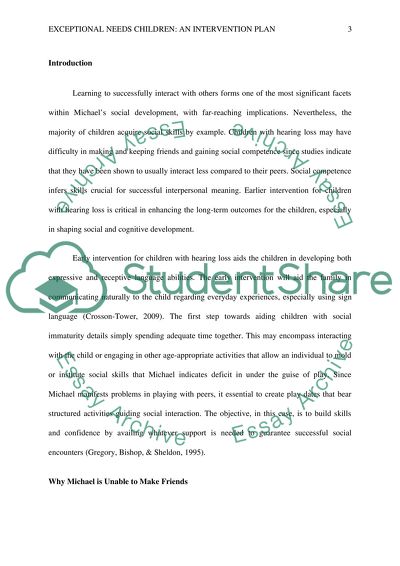Cite this document
(“Exceptional Needs Children - Intervention Plan Research Paper”, n.d.)
Retrieved from https://studentshare.org/psychology/1465827-exceptional-needs-children-intervention-plan
Retrieved from https://studentshare.org/psychology/1465827-exceptional-needs-children-intervention-plan
(Exceptional Needs Children - Intervention Plan Research Paper)
https://studentshare.org/psychology/1465827-exceptional-needs-children-intervention-plan.
https://studentshare.org/psychology/1465827-exceptional-needs-children-intervention-plan.
“Exceptional Needs Children - Intervention Plan Research Paper”, n.d. https://studentshare.org/psychology/1465827-exceptional-needs-children-intervention-plan.


